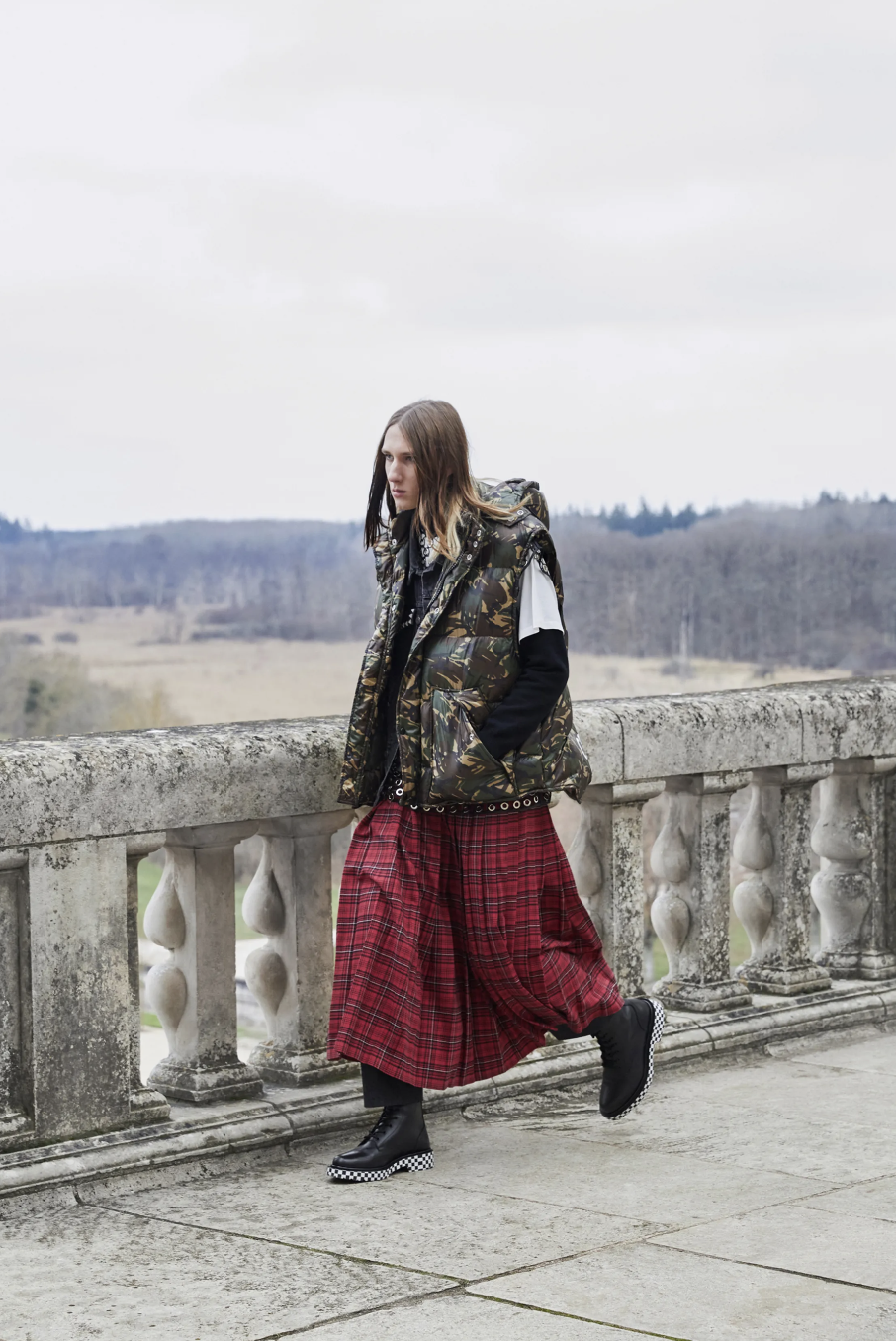Although medieval aesthetics have been present in the media for years, this last decade has been witnessing its revamping. Artists like Caroline Polachek or ARCA have been championing certain elements of this aesthetic for some time, and fashion powerhouses like Balenciaga gave us a more literal interpretation of it in the digital presentation of their fall 2021 collection.
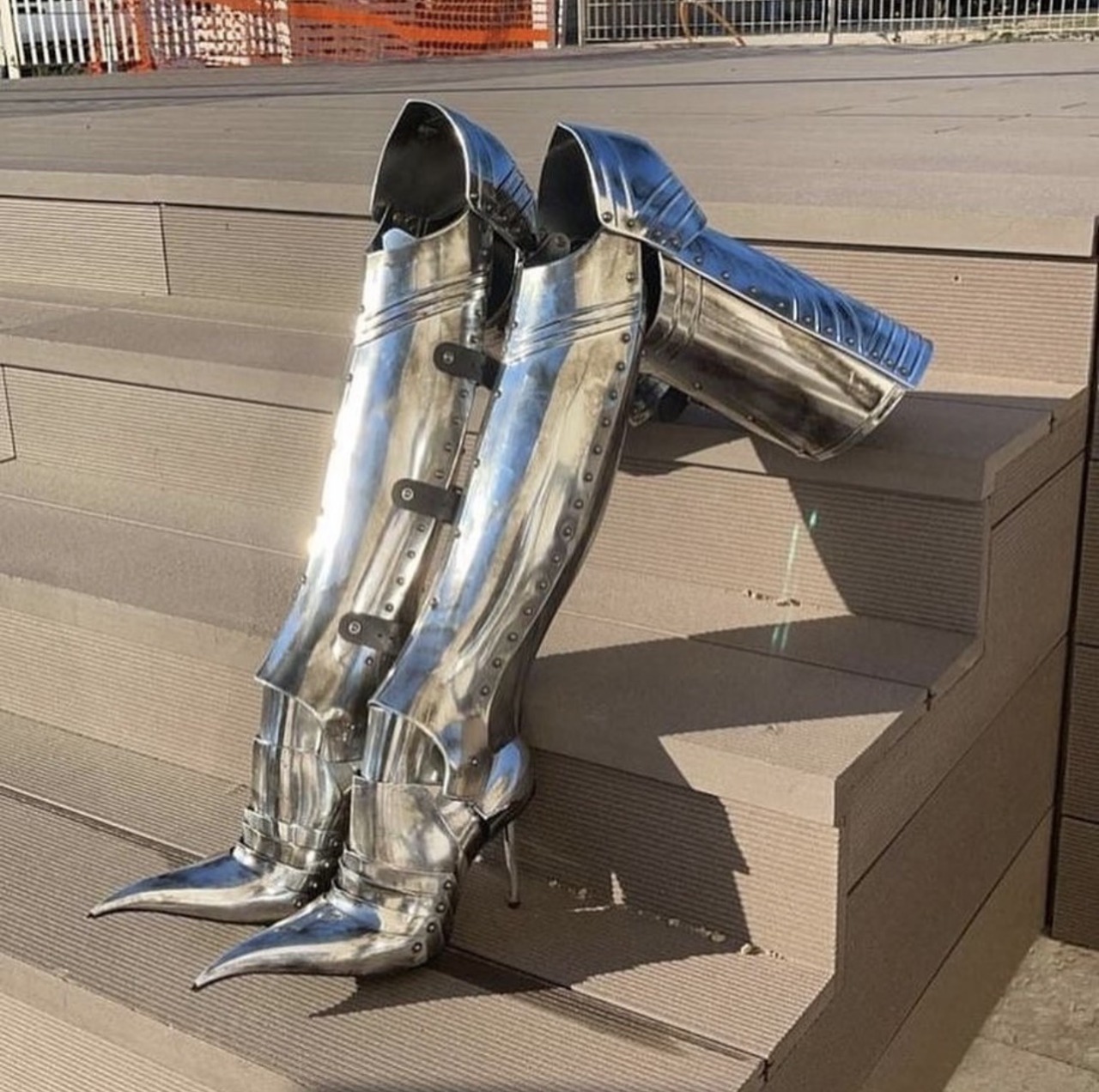
What is the cause of the renaissance of the medieval, or neo-medievalism? We all know that every fashion trend is doomed to make a comeback, including those seen in the Middle Ages. In fact, some sociological studies link the current global socio-political situation to a resurgence of feudalism; the fragmentation of state power is making countries more dependent on multinationals and non-governmental organizations. This seems to be creating a new order of modern gentry who would swear allegiance to the global economy and its consequentially fragmented digital identity, turning away from solid moral values. Power hierarchies seem to be collapsing, not only in the world of fashion, but also at a structural and territorial level—wars included. Maybe that is why we have begun to reexamine our choice of battle uniform.
The medieval influence seems to be gaining strength in current trends but, unlike trends like Y2K, this one doesn’t seem to be tied to a particularly intense feeling of nostalgia. In fact, there is a dissociation between what we understand as medieval aesthetics and the Middle Ages. Current medievalism doesn’t seek to represent nor recreate historically accurate medieval ideals, but to reinterpret the aesthetic elements culturally associated with the Middle Ages. And thus, neo-medievalism arises: a modern adaptation of elements belonging to both history and tales of the Middle Ages.
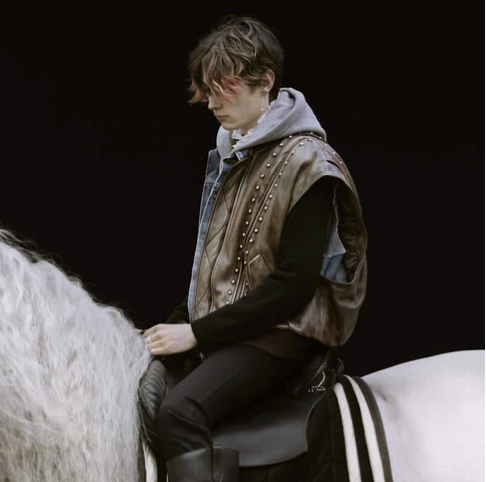
Collections such as Teen Knight Poem, designed by Hedi Slimane for CELINE HOMME FALL 21/22, take elements of the medieval armor such as helmets and present them transformed into hats. It also reintroduces chain mail in the form of metallic pants and reimagines the figure of the knight as a trendy cavalier who wears voluminous studded leather vests and pairs them with a nice hoodie. All of these presented within the confines of the beautiful Château de Chambord, a castle located in the Loire Valley that was built as a medieval fortress and whose architectural style has both medieval and Renaissance elements.
The popularization of video games and medieval fantasy or High Fantasy (High Fantasy) series has also made people more receptive to the reintroduction of less commonly seen elements in the modern context; tailored capes, rigid maxi dresses or hairnets could stop being anonymous and become daily-used items. Details such as the choice of fabrics or the popularization of certain updos or accessories could also be influenced by medievalism: many internet trend-forecasters (such as Moderngurlz) are already announcing the return of certain trends associated with modern representations of the Middle Ages, namely the return of oxidized silver, blackened silver, or decorative hoods.

Not a single one of these elements is new; designers such as Alexander McQueen have already been inspired by the Medieval Era in previous collections, as seen in his Autumn 1998 collection Joan, inspired by the figure of Joan of Arc. However, neo-medievalism’s reliance on high-tech means that much of it focuses on the fantastic part of the Middle Ages. The fascination with creatures like dragons or elves in neo-medieval aesthetics echoes the need for artists to have full creative control of their reality. There seems to be a deep desire to build a world that is not limited by physical obstacles, something closer to a dream than to reality. This was greatly exemplified by Balenciaga: in releasing a collection not only in standard digital format, but also as a video game (called Afterworld: The Age of Tomorrow), they contextualized their whole collection, and made sure that no detail strays too far from the idea from which it arose.
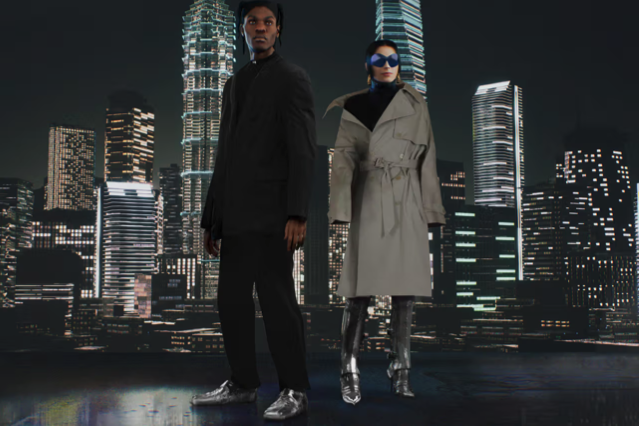
In the music world, seeing concept albums or songs is becoming more common by the minute. From Grimes’ Player of Games MV to more subtle style inspirations seen in artists like Yves Tumor, neo-medievalism has also found a place in shaping musical aesthetics—although not so much in terms of sound. Caroline Polachek reflects not only on aesthetics, but also on what we have previously identified as a return to feudalism, in the interview producer and musician A. G. COOK did for BRICKS magazine:
“In some ways, it feels like music is returning to some kind of medieval folk medium where we are kind of like bards again, self-promoting in the streets or taking the occasional commission from patrons. I feel like this is going to lead to the personalization of music.”
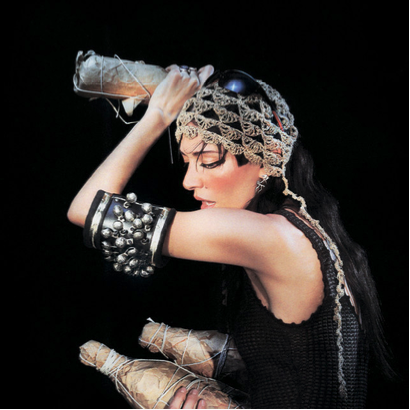
Neo-medieval aesthetics seem to emerge, in any case, as a response to other aesthetics currently on the rise, such as the infamous clean girl aesthetic or millennial minimalism, introducing the folkloric element into otherwise basic outfits. It would also be acting as an extension of the weird girl aesthetic, redefining maximalism and bringing in new elements, symbols and colors to the table.
All in all, neo-medievalism seeks—and succeeds in—conjuring a certain mysticism that is difficult or impossible to reach in any other way. This mysticism is what is ultimately leading us to the triumph of aesthetics over practicality and that, although it falls closer to an idealized fantasy than to a historically accurate medieval aesthetic, it manages to perfectly reflect current feelings through elements that are equally archaic and polished.
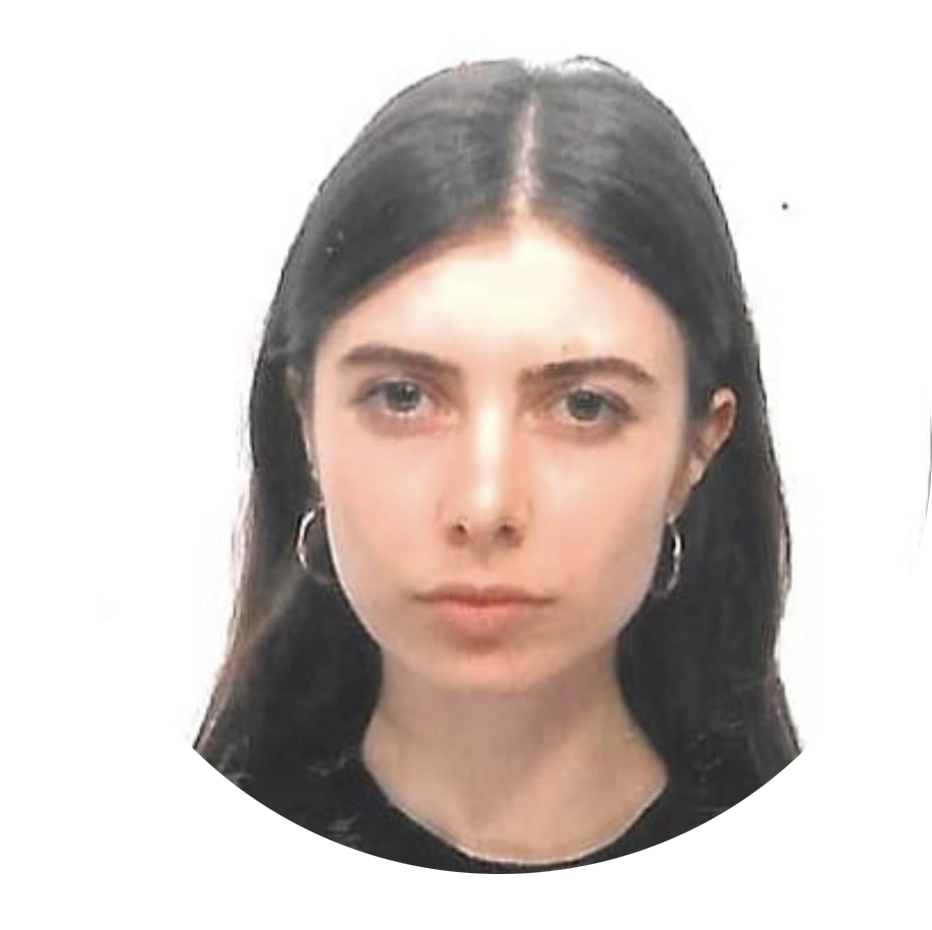 Paula Luengo is an aspiring writer currently living in Madrid. Her interests draw from music to fashion and media analysis, with special emphasis in all that’s old and battered.
Paula Luengo is an aspiring writer currently living in Madrid. Her interests draw from music to fashion and media analysis, with special emphasis in all that’s old and battered.

